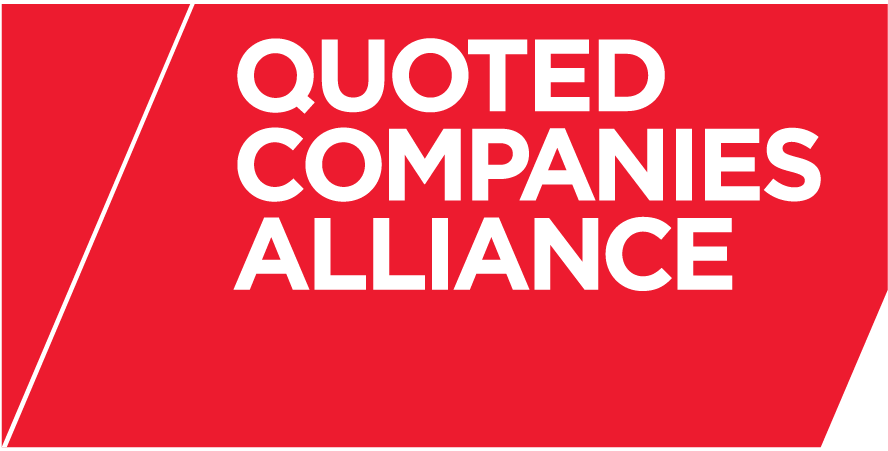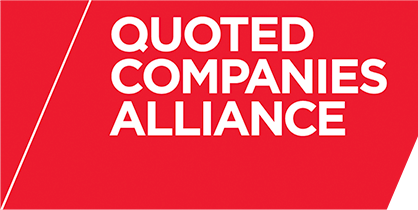This year saw the Association of British Insurers (ABI) send a letter to the chairmen of all companies listed on the Main Market and the National Association of Pension Funds (NAPF) revised its corporate governance policy and voting guidelines for 2009 – both of which dealt with the issue of the use of cash box structures, following the increase in use of cash boxes to circumvent the 5% limit on non-pre-emptive issues of shares.
The key advantage of the cash box structure for a company is that because the new equity is not being issued in exchange for cash, the issue is not subject to the statutory pre-emption rights laid down in the Companies Act or the disapplication guidelines issued by the Pre-Emption Group. Provided that the company has sufficient authorised but unissued share capital and the issue will not trigger the publication of a prospectus for Main Market companies, they can therefore avoid convening a general meeting and the placing is conducted over a much shorter time period, often a matter of days.
Historically, cash box structures have been used in transactions which are focused on acquisition finance where there is a specific purpose for the fundraising’s proceeds which is connected to an acquisition that would not normally trigger pre-emption rights anyway. But there is an increasing trend towards using a cash box as part of an ordinary placing to strengthen a company’s balance sheet or for general working capital. It is this trend that is causing concern for institutional shareholders groups, such as the ABI and the NAPF.
Ordinarily public companies in the UK abide by the Pre-Emption Group’s guidelines that at an AGM, the company will seek to obtain authorisation from its shareholders to disapply pre-emption rights for general purposes over no more than 5% of its total issued share capital for a period of no more than 15 months. Using a cash box structure means that a company can avoid the effect of these limits, and the ABI and NAPF are of the view that companies are therefore deliberately circumventing pre-emption rights which are intended to protect shareholders from inappropriate dilution.
To publicise their concern, the NAPF revised its corporate governance policy and voting guidelines for 2009 andexpressed concern over the increasing use of cash boxes to circumvent the 5% limit on non-pre-emptive issues of shares. The ABI went further and in early 2009 sent a letter out to the chairmen of companies listed on the Main Market setting out their view on cash box structures. The one-page letter was brief but emphasised the importance of the Pre-Emption Group guidelines and their concern that preemption rights are being eroded through the abuse of cash box structures. They even implied that members of their group may vote against the re-election of any director under whose management a cash box placing is conducted.
It is important to remember that the cash box is a legal part of market practice, creating valuable flexibility and an ability to move quickly to raise funds, and has proved to be a popular structure at a time when market movements are highly unpredictable. In voicing their disapproval, institutional shareholder groups are not condemning the structure. Instead they are seeking to ensure that companies do not step too far over the line as to what is acceptable from a corporate governance perspective, and are considering carefully whether they are the most appropriate structure to use in the circumstances and keep institutional shareholders informed.
What is a cash box?
- A financing method used by UK public companies based on principle that an issue of shares for non-cash consideration does not require disapplication of preemption rights
- An off-shore company is incorporated by the public company and the investment bank
- Subscriptions are made in that off-shore company by the investment bank, using the proceeds of a placing
- The off-shore company is sold to the public company in exchange for the issue of shares to persons nominated by the investment bank (the placees)
- The cash in the off-shore company is transferred up to the public company e.g. by a loan, by distribution following a winding up or by redemption of shares (usually without incurring charges to tax, depending on the off-shore jurisdiction use
Alexander Keepin is a Partner in the Corporate Finance Group at Charles Russell LLP, specialising in IPOs and secondary issues on both the Main Market and on AIM and also mergers and acquisitions, including reverse takeovers. Alexander’s practice is particularly international and includes a wealth of experience in advising on listings by international mineral companies.

